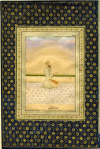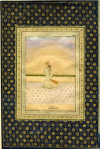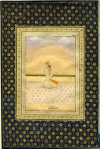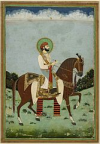I'll just give my unpopular opinion that I'd much rather a realistic growth of the Mughal Empire--one that offers is insight into the development and gradual transformation of India, rather than ASB wankery that feels more like an SI than anything.
@Madhav Deval has put a lot of work into making this Mughal Empire feel real and unwanked. Reading this TL genuinely does feel like we're looking at an untrodden path of history that might well have happened with a different Aurangzeb. A Mughal Empire that might have been, rather than the impossible one-sided steamrolling that wanks generally are. The TL's realism is why I read the TL--a Mughal-wank would turn me off.
@Madhav Deval has put a lot of work into making this Mughal Empire feel real and unwanked. Reading this TL genuinely does feel like we're looking at an untrodden path of history that might well have happened with a different Aurangzeb. A Mughal Empire that might have been, rather than the impossible one-sided steamrolling that wanks generally are. The TL's realism is why I read the TL--a Mughal-wank would turn me off.



